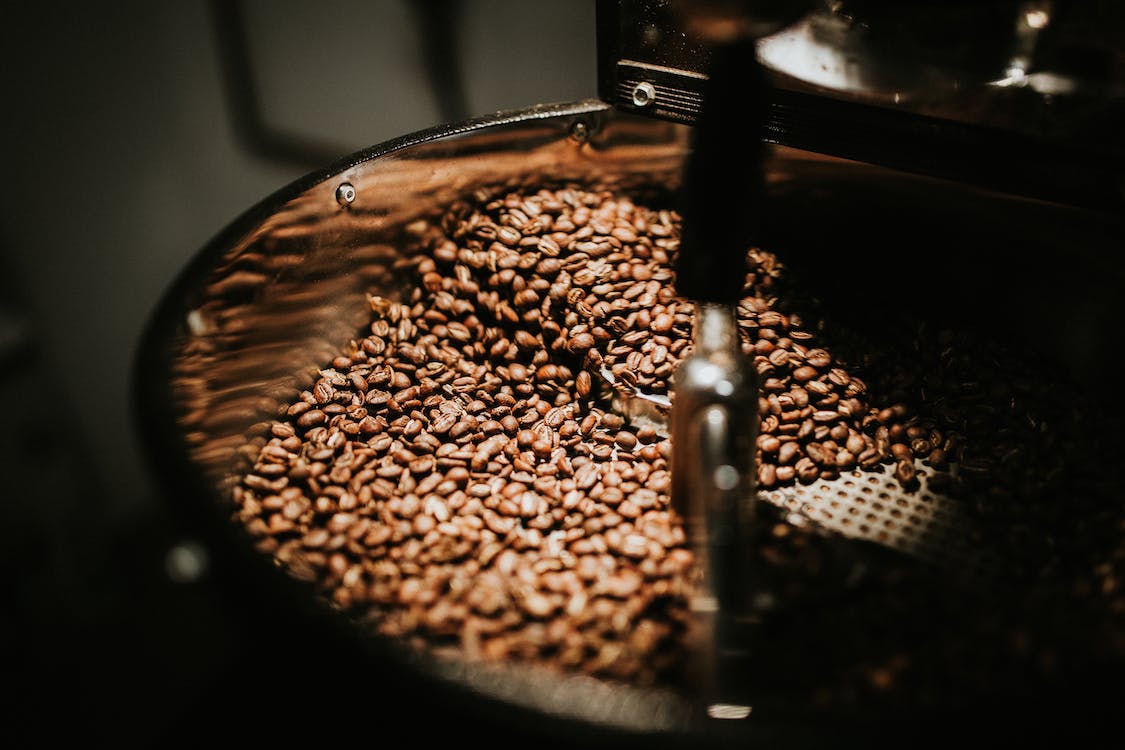
FAQ About Coffee

How does espresso differ from regular coffee?
Espresso differs from regular coffee in several ways, including the brewing method, extraction process, concentration, flavor profile, and intended use. Here's a breakdown of the main differences:
Brewing Method:
- Regular Coffee: Regular coffee is typically brewed using methods such as drip brewing, pour-over, French press, or cold brew. These methods involve varying levels of contact time between water and coffee grounds, resulting in a slower extraction process.
- Espresso: Espresso is brewed using an espresso machine that forces hot water through finely ground coffee at high pressure. The espresso machine generates around 9 to 10 bars of pressure, resulting in a significantly faster extraction compared to regular coffee brewing methods.
Extraction Process:
- Regular Coffee: Regular coffee is brewed using a relatively longer contact time between water and coffee grounds. Water gradually drips or pours over the grounds, allowing for a gradual extraction of flavors, oils, acids, and other compounds. The extraction process takes several minutes.
- Espresso: Espresso is characterized by a rapid extraction process. The high-pressure water is forced through the coffee grounds, resulting in a quick extraction that usually takes around 25 to 30 seconds. The high pressure and short contact time extract a concentrated amount of flavors and aromatic compounds from the coffee.
Concentration:
- Regular Coffee: Regular coffee is typically brewed with a higher water-to-coffee ratio, resulting in a less concentrated beverage. The concentration of coffee solids in regular coffee is generally lower compared to espresso.
- Espresso: Espresso is highly concentrated. It is brewed using a smaller amount of water in relation to the coffee grounds, resulting in a more concentrated and intense flavor profile. The extraction process aims to capture the desirable compounds and oils from the coffee in a smaller volume of liquid.
Flavor Profile:
- Regular Coffee: Regular coffee brewing methods often result in a well-rounded and balanced flavor profile. The flavors can vary depending on factors such as the origin of the beans, roast level, and brewing method used. Regular coffee can have a wide range of flavors, acidity levels, and body, depending on the brewing parameters and the coffee beans used.
- Espresso: Espresso brewing creates a distinct flavor profile characterized by a rich, syrupy texture, concentrated flavors, and a layer of crema on top. Espresso typically exhibits a bolder and more intense flavor profile with a balance of sweetness, acidity, and bitterness. It tends to have a thicker mouthfeel and a more pronounced aroma.
Intended Use:
- Regular Coffee: Regular coffee is often consumed in larger quantities as a standalone beverage or enjoyed in larger servings. It is commonly consumed throughout the day and can be customized with milk, sugar, or other flavorings to suit individual preferences.
- Espresso: Espresso is the foundation for a variety of coffee-based drinks such as cappuccinos, lattes, and macchiatos. It serves as a concentrated base, providing a strong coffee flavor that can be combined with steamed milk, frothed milk, or other ingredients to create specialty coffee beverages. Espresso is typically consumed in smaller servings.
